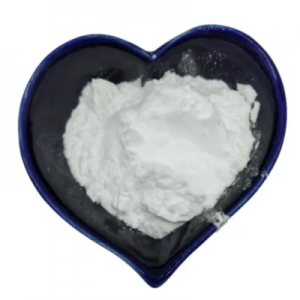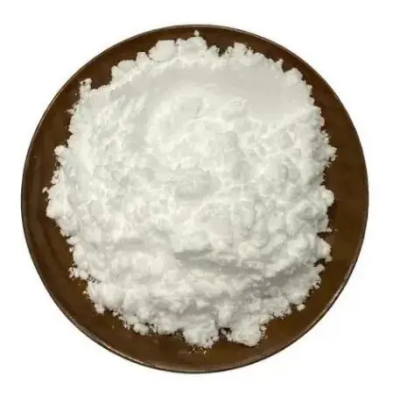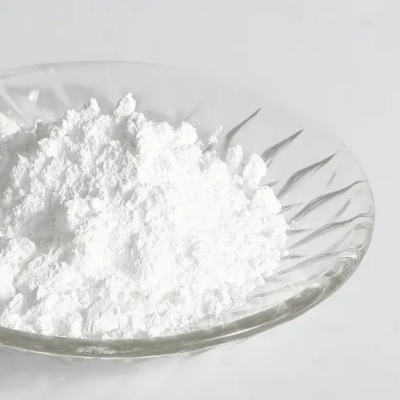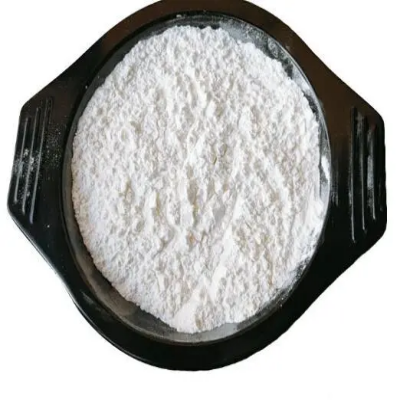Tris(triphenylphosphine)ruthenium(II) chloride CAS:15529-49-4
Tris(triphenylphosphine)ruthenium(II) chloride demonstrates significant utility as a catalyst in diverse organic reactions, owing to its versatile reactivity and stability. Oxidation Reactions: It catalyzes oxidation reactions, including the oxidation of alcohols to carbonyl compounds and the oxidation of olefins to epoxides. These transformations are essential in the synthesis of fine chemicals, pharmaceuticals, and materials science. Hydrogenation: Tris(triphenylphosphine)ruthenium(II) chloride is capable of catalyzing hydrogenation reactions, converting unsaturated organic compounds into saturated ones. This process finds application in the production of pharmaceutical intermediates and specialty chemicals. Hydrosilylation: It promotes the addition of silicon-hydrogen bonds to unsaturated organic substrates, facilitating the synthesis of organosilicon compounds used in silicone polymer production and materials chemistry. Isomerization: The complex catalyzes isomerization reactions, enabling the interconversion of structural isomers. This capability is valuable in the synthesis of complex molecules and in the preparation of specific isomeric forms of organic compounds. Asymmetric Catalysis: Tris(triphenylphosphine)ruthenium(II) chloride can be utilized in asymmetric catalysis, particularly in asymmetric hydrogenation reactions, leading to the formation of chiral compounds with high enantioselectivity. This property is crucial in pharmaceutical synthesis, where the stereochemistry of molecules affects their biological activity. C-C Bond Formation: It facilitates various C-C bond-forming reactions, including cross-coupling reactions and cycloadditions. These transformations are fundamental in the synthesis of pharmaceuticals, agrochemicals, and materials science. Carbon-Heteroatom Bond Formation: The complex mediates the formation of carbon-heteroatom bonds, such as carbon-oxygen and carbon-nitrogen bonds, through coupling reactions. These reactions are essential in the synthesis of pharmaceuticals and functional materials. Photoredox Catalysis: Tris(triphenylphosphine)ruthenium(II) chloride is explored for its potential in photoredox catalysis, wherein it participates in light-induced electron transfer processes to initiate radical reactions. This application expands the scope of organic synthesis by enabling new reaction pathways under mild conditions. In summary, Tris(triphenylphosphine)ruthenium(II) chloride serves as a versatile catalyst in organic synthesis, enabling a wide range of transformations essential for the preparation of complex molecules and materials in both academic and industrial contexts.
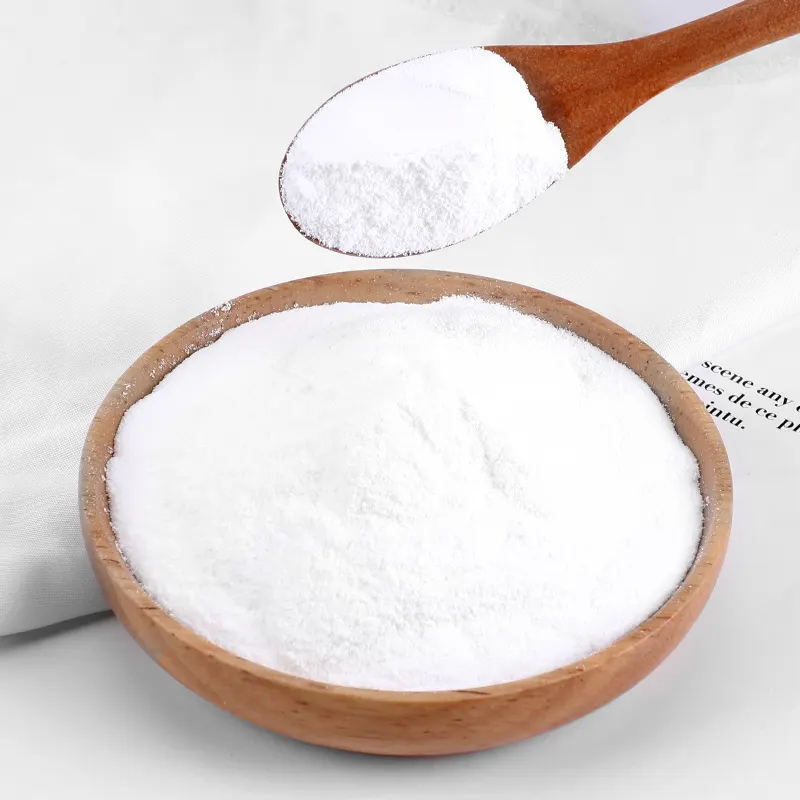
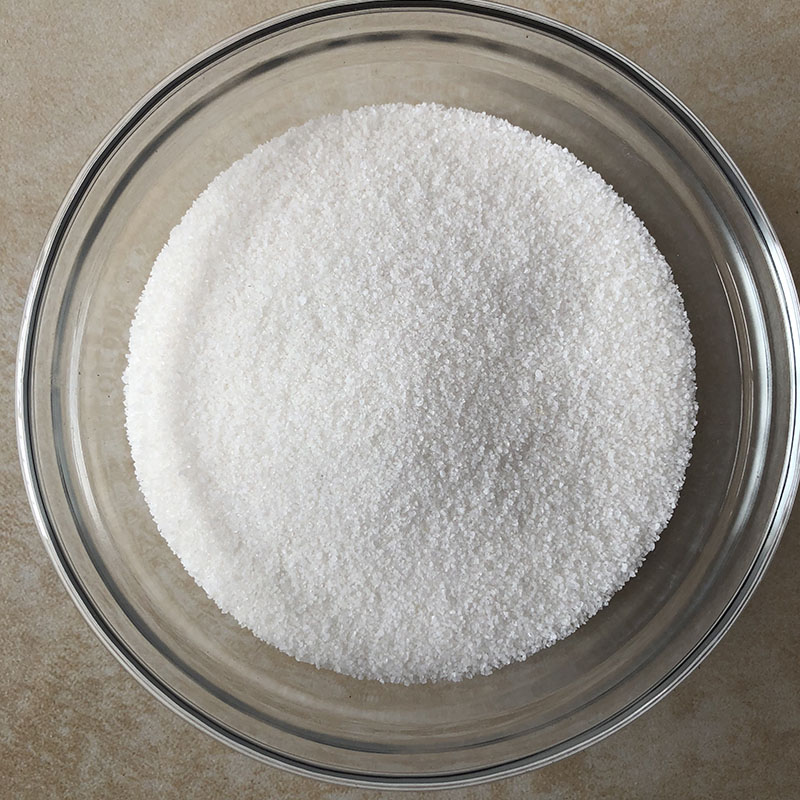

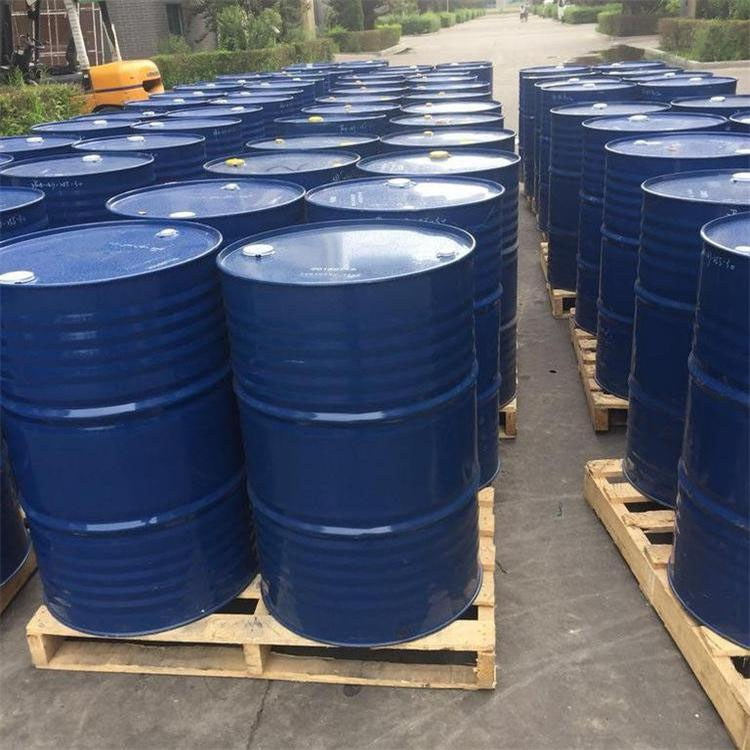


| Composition | RuCl(PPh3)3 |
| Assay | 99% |
| Appearance | white powder |
| CAS No. | 15529-49-4 |
| Packing | Small and bulk |
| Shelf Life | 2 years |
| Storage | Store in cool and dry area |
| Certification | ISO. |



